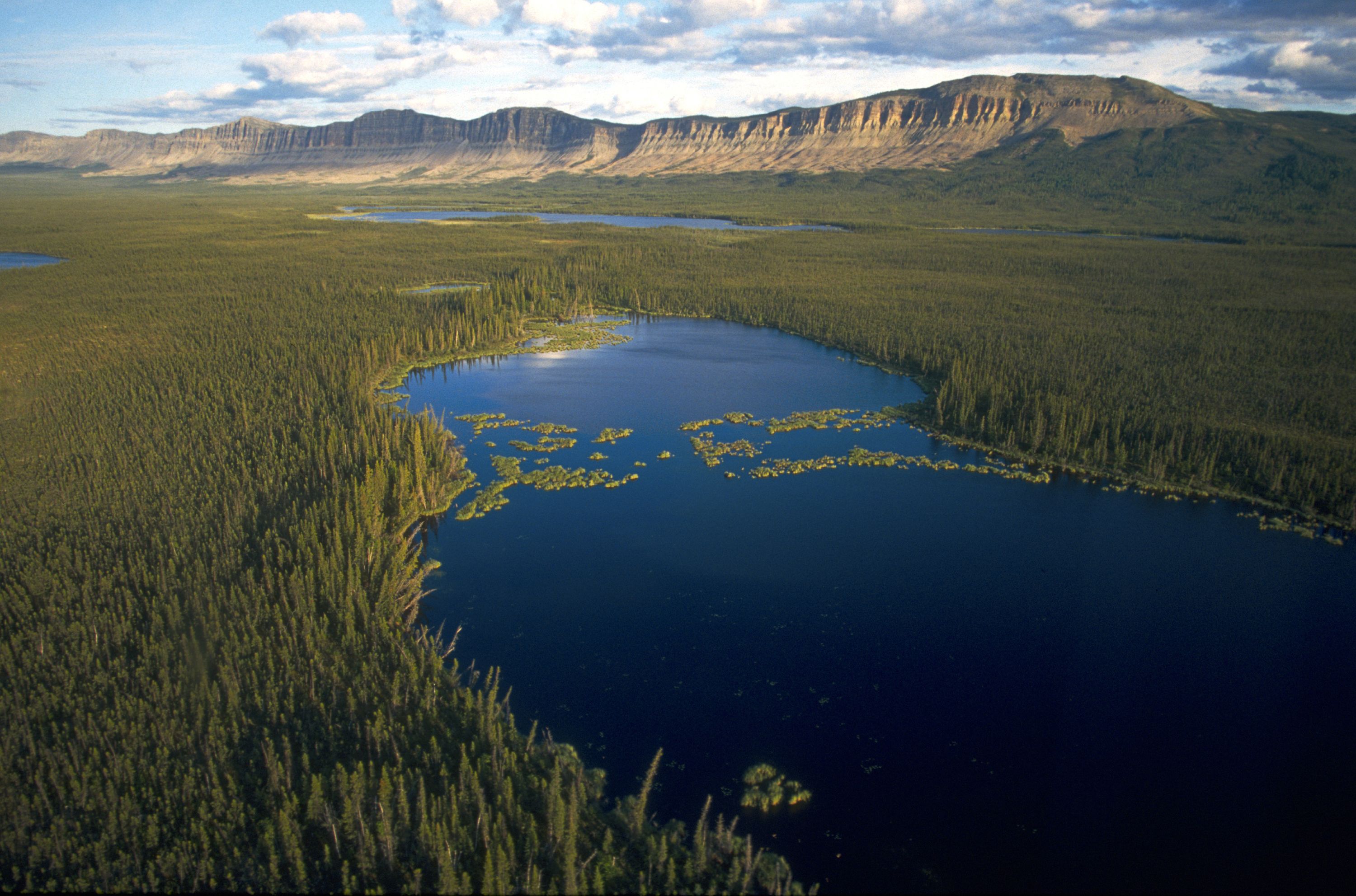According to new research published by the University of Arizona (UA), climate change in the 20th century have caused water availability to surpass energy as the key limiting factor for tree growth, with particular impacts on Canada’s boreal forest.
The effect is most evident in northern climates and at high altitudes where the primary limitation on tree growth had been cold temperatures, finds the research—Twentieth century redistribution in climatic drivers of global tree growth—published in the online journal Science Advances.
“Our study shows that across the vast majority of the land surface, trees are becoming more limited by water,” said first author Flurin Babst, who conducted the research at the UA Laboratory of Tree-Ring Research and the Swiss Federal Research Institute WSL in Zurich. “This is the first time that anybody has projected the tree growth responses to climate at a near-global scale.”
The researchers compared the annual growth rings of trees during two time periods, 1930–1960 and 1960–1990. The growth rings are wider when conditions are better, narrower when conditions are worse. The ring-width measurements were taken from trees at about 2,700 sites spanning every continent except Antarctica.
For those two time periods, the team also mapped average temperature, precipitation, and measures of drought stress on plants onto a grid covering the world’s temperate and boreal regions.
Adding tree-ring data to the map allowed scientists to see whether the changes in climate during the 20th century corresponded to the changes in growth of the world’s trees.
“Together with the growing atmospheric water demand that can lead to reduced transport of sugars from the leaves to the stem, this evidence suggests that drought is becoming the dominant limitation of tree growth worldwide,” wrote the authors.
“We saw areas where, in the earlier part of the 20th century, temperature limited growth. But now we are seeing shifts towards moisture-drought limitation,” said co-author David Frank, director of the Laboratory of Tree-Ring Research and professor of dendrochronology at the UA.

Comparing 1930-1960 with 1960-1990, the average temperature increased 0.5 degrees Celsius and the land area where tree growth was primarily limited by temperature shrank by 8.7 million square kilometers, an area about the size of Brazil.
The finding has implications for future forest and tree growth and for forest management, said Frank, “Reduced growth is indicative of increased stress on plants, which can be linked to mortality.”
“Predicted 21st century warming is expected to further accelerate this redistribution of climatic drivers and, in particular, to strengthen atmospheric water demand as a primary determinant of large-scale changes in tree growth,” wrote the authors. Although, they state that rising atmospheric carbon dioxide levels may partially offset drought stress, the magnitude of the effect is not well known at present.
Babst was surprised that such a small change in temperature would shift such a large area of trees from being temperature-limited to being water-limited.
“That’s much more than I expected,” said Babst, who is now a research scientist at the Swiss Federal Research Institute WSL.









